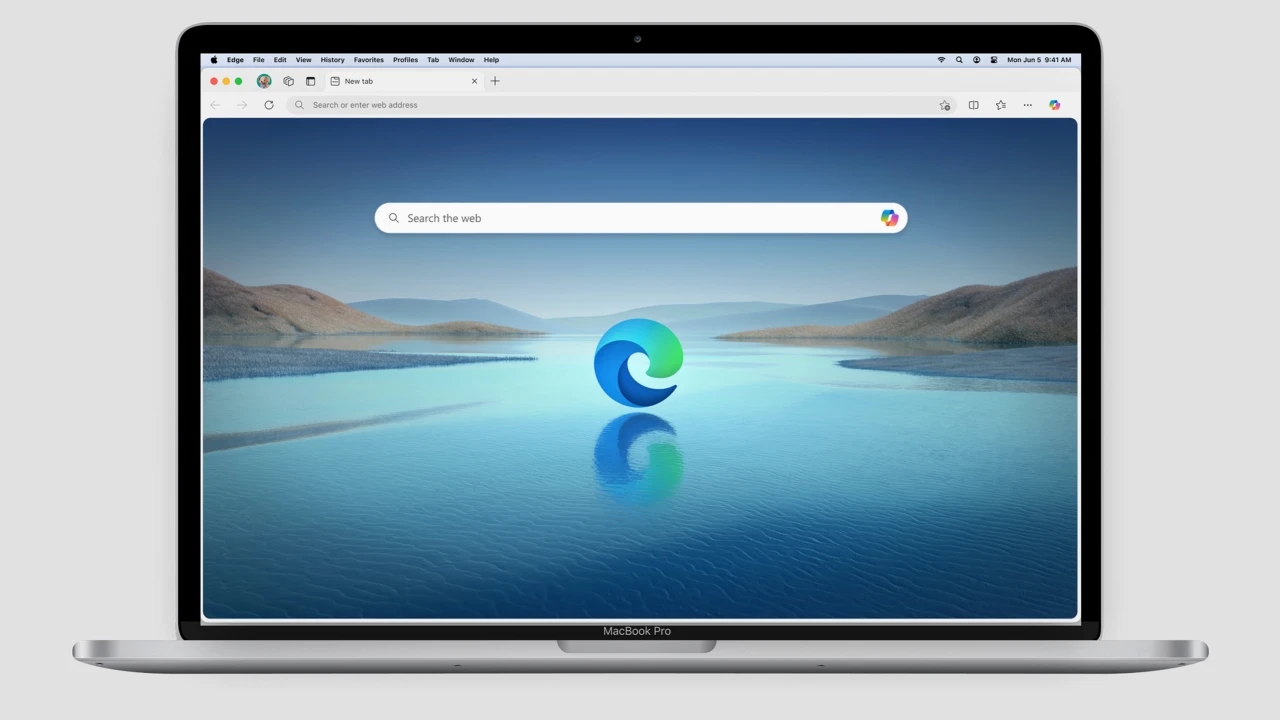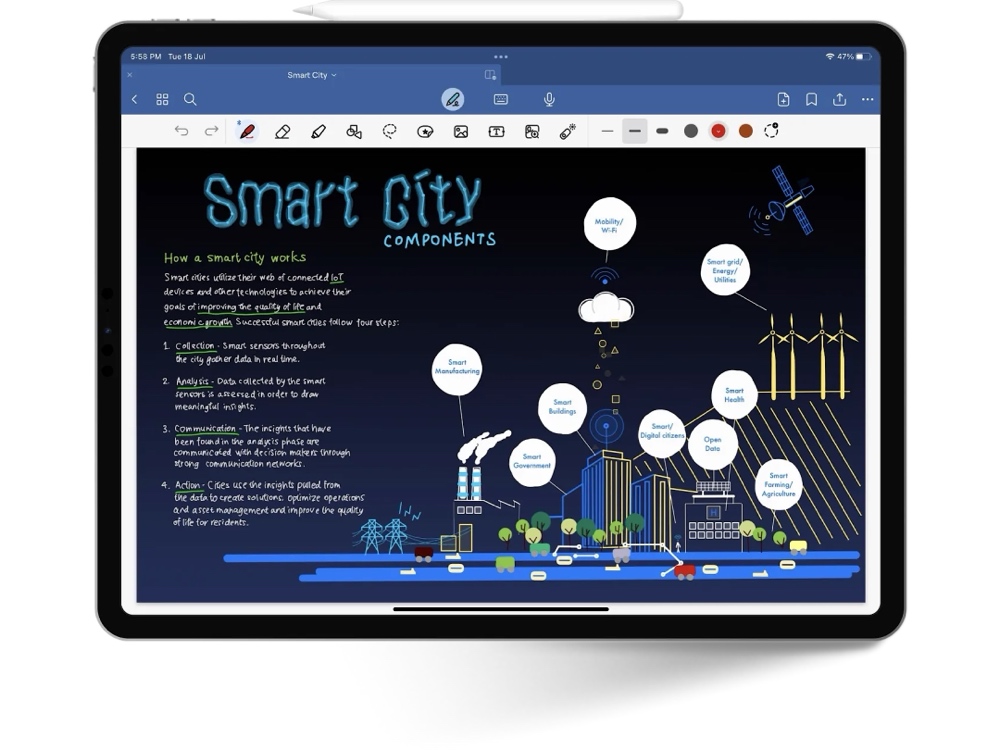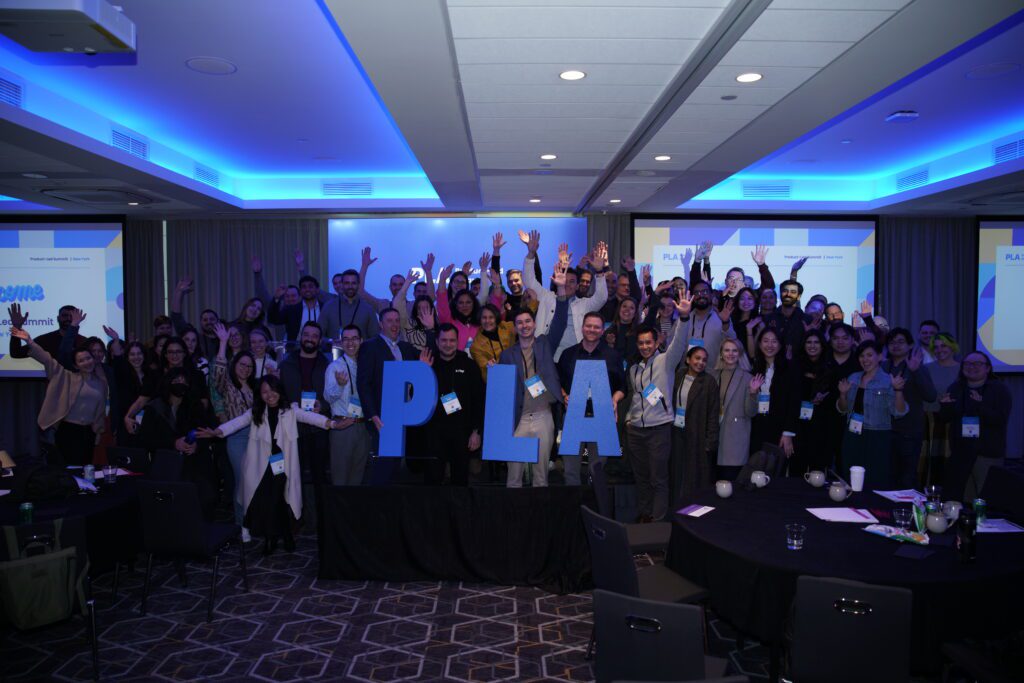The Future of Ride-Sharing Apps: Trends and Innovations in 2025
Explore the future of ride-sharing app development in 2025. Learn about the latest trends in ride-hailing, AI integration, autonomous vehicles, electric cars, and on-demand app development.
The ride-sharing industry has evolved dramatically over the past decade, and the future holds even more exciting possibilities. With the rise of technological advancements and shifting consumer preferences, the ride-sharing app development landscape is set to undergo significant transformations. In 2025, the focus will be on enhancing user experience, improving efficiency, and integrating next-generation technologies.
In this article, we explore the future of ride-sharing apps and the trends and innovations that will shape the ride-hailing and ride-sharing market in the coming years.
1. AI and Machine Learning Integration
Artificial Intelligence (AI) and Machine Learning (ML) are expected to play a crucial role in ride-sharing app development. These technologies will enable ride-sharing platforms to optimize routes, predict demand patterns, and offer personalized experiences to users. AI will also help in dynamic pricing, allowing companies to adjust fares based on factors like weather, traffic, and user demand. As a result, ride-hailing app development will become more efficient, leading to better user satisfaction and improved profitability.
2. Autonomous Vehicles
The arrival of autonomous vehicles is poised to revolutionize the ride-sharing industry. Ride-sharing app development companies are already exploring the possibility of integrating self-driving cars into their fleets. By 2025, autonomous vehicles could significantly reduce the cost of ride-hailing services and improve safety. This shift will also lead to more sustainable transportation, as self-driving cars are typically electric and can reduce carbon emissions.
As autonomous vehicles become more common, the demand for ride-hailing app development will grow, with a greater emphasis on safety, regulation compliance, and customer trust.
3. Electric and Green Vehicles
Sustainability is at the forefront of ride-sharing app development. As cities worldwide aim to reduce pollution and carbon footprints, ride-sharing platforms are shifting towards electric vehicles (EVs). In 2025, the future of ride-sharing will heavily rely on electric and green vehicles, with many ride-sharing companies transitioning their fleets to EVs. This will not only reduce operational costs in the long run but will also attract eco-conscious consumers.
Ride-hailing app development companies are already exploring how to integrate EV charging stations and sustainable practices into their platforms. In fact, on-demand app development for electric vehicle fleets could become the new norm in the ride-sharing industry.
4. Enhanced User Experience with Voice Assistants
Voice assistants are increasingly becoming a part of our daily lives, and ride-sharing apps are no exception. The integration of voice commands in ride-sharing apps will make booking rides more convenient. In 2025, users will be able to use voice commands to hail a ride, change destinations, and even communicate with drivers, all while keeping their hands free and eyes on the road. This will enhance the overall user experience and make ride-hailing more accessible to people with disabilities or those who prefer hands-free interaction.
5. Blockchain for Security and Transparency
Blockchain technology is set to make its way into ride-sharing app development. By implementing blockchain, ride-hailing services can improve security, ensure transparency, and protect user data. For example, blockchain can enable secure payment methods, reducing the chances of fraud or data breaches. It will also allow users to track their rides with greater transparency, offering a decentralized and tamper-proof system.
In the future, ride-sharing app development companies may use blockchain to streamline payment systems, manage driver records, and ensure customer trust. On-demand app development for blockchain-based ride-sharing solutions could significantly enhance the security and reliability of these platforms.
6. Hyperlocal Services and Multi-Modal Transportation
The concept of hyperlocal services is gaining popularity, and it’s expected to play a pivotal role in the future of ride-sharing apps. Hyperlocal services aim to meet the transportation needs of users within specific geographic areas, focusing on providing quicker and more efficient rides. In 2025, ride-sharing apps will integrate multi-modal transportation options, such as electric scooters, bikes, and even carpooling.
This combination of transportation options will not only enhance convenience for users but will also provide ride-sharing app development companies with the opportunity to expand their services. Multi-modal transportation will be particularly valuable in densely populated urban areas, where users can choose the most suitable mode of transport based on their needs and preferences.
7. On-Demand Services and Subscription Models
As the demand for on-demand services grows, ride-sharing apps will move beyond traditional ride-hailing models. In 2025, we expect to see more subscription-based models emerging. Users could pay a monthly fee to access a set number of rides or opt for a flexible on-demand service where they can hail rides based on their needs. This model will be particularly appealing to frequent commuters who seek cost-effective and predictable transportation options.
Ride-sharing app development companies will need to focus on creating flexible, user-friendly subscription plans that cater to different customer segments. On-demand app development for ride-sharing platforms will need to integrate new payment structures and ensure a seamless experience

for subscribers.
8. Integration with Smart Cities
Smart cities are becoming a reality, and ride-sharing apps will play a significant role in their development. By 2025, ride-sharing platforms will be integrated with smart city infrastructure, allowing for real-time data exchange between vehicles, traffic systems, and city management. This will improve traffic flow, reduce congestion, and optimize routes for drivers.
Ride-sharing companies will need to invest in innovative on-demand app development solutions that can sync with smart city infrastructure. The integration will allow for better management of resources, such as parking spaces, and provide users with real-time updates about traffic conditions, estimated ride times, and alternative routes.
Conclusion
As we look ahead to 2025, the ride-sharing app development industry will be marked by significant advancements in technology and user-centric solutions. From AI and autonomous vehicles to electric fleets and subscription models, these innovations will reshape the way people think about transportation. For businesses, staying ahead of these trends will require partnerships with top ride-sharing app development companies that can help create scalable, secure, and future-ready platforms.
Ride-hailing app development will continue to evolve, and on-demand app development will play an integral role in delivering the seamless, efficient, and personalized services that consumers demand. By staying attuned to these trends, businesses can position themselves to thrive in the rapidly changing ride-sharing industry.






























































































![Building A Digital PR Strategy: 10 Essential Steps for Beginners [With Examples]](https://buzzsumo.com/wp-content/uploads/2023/09/Building-A-Digital-PR-Strategy-10-Essential-Steps-for-Beginners-With-Examples-bblog-masthead.jpg)










































